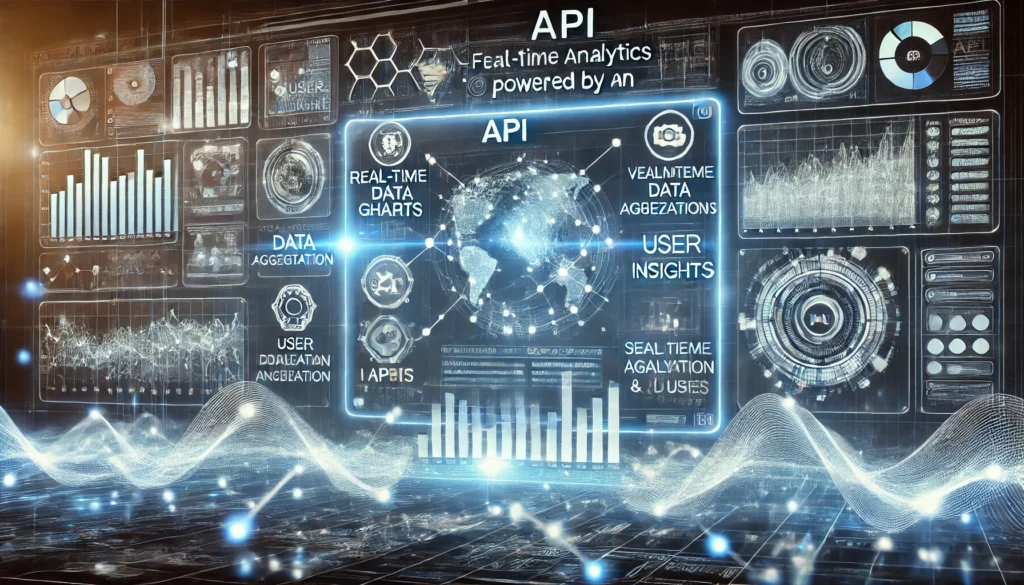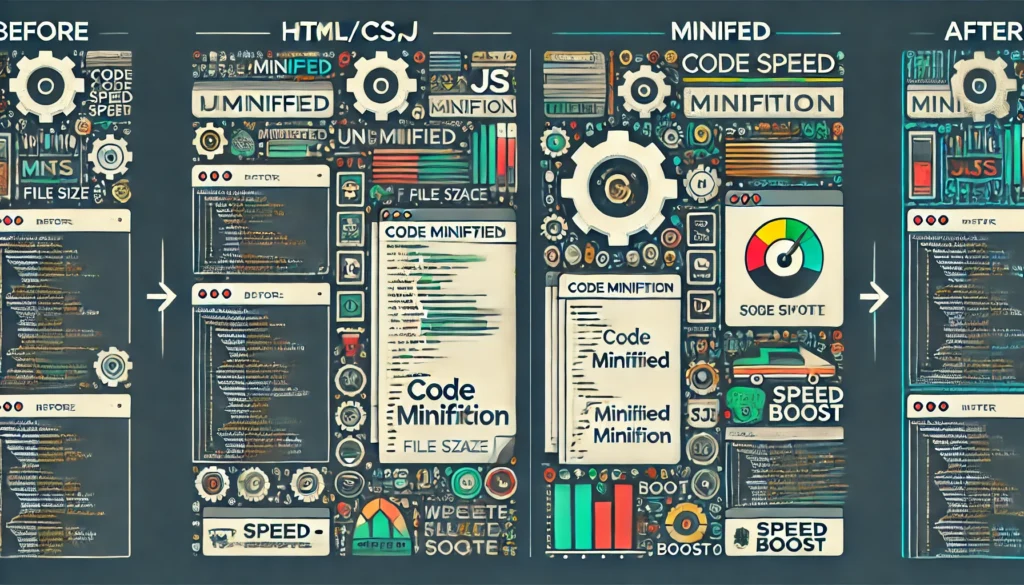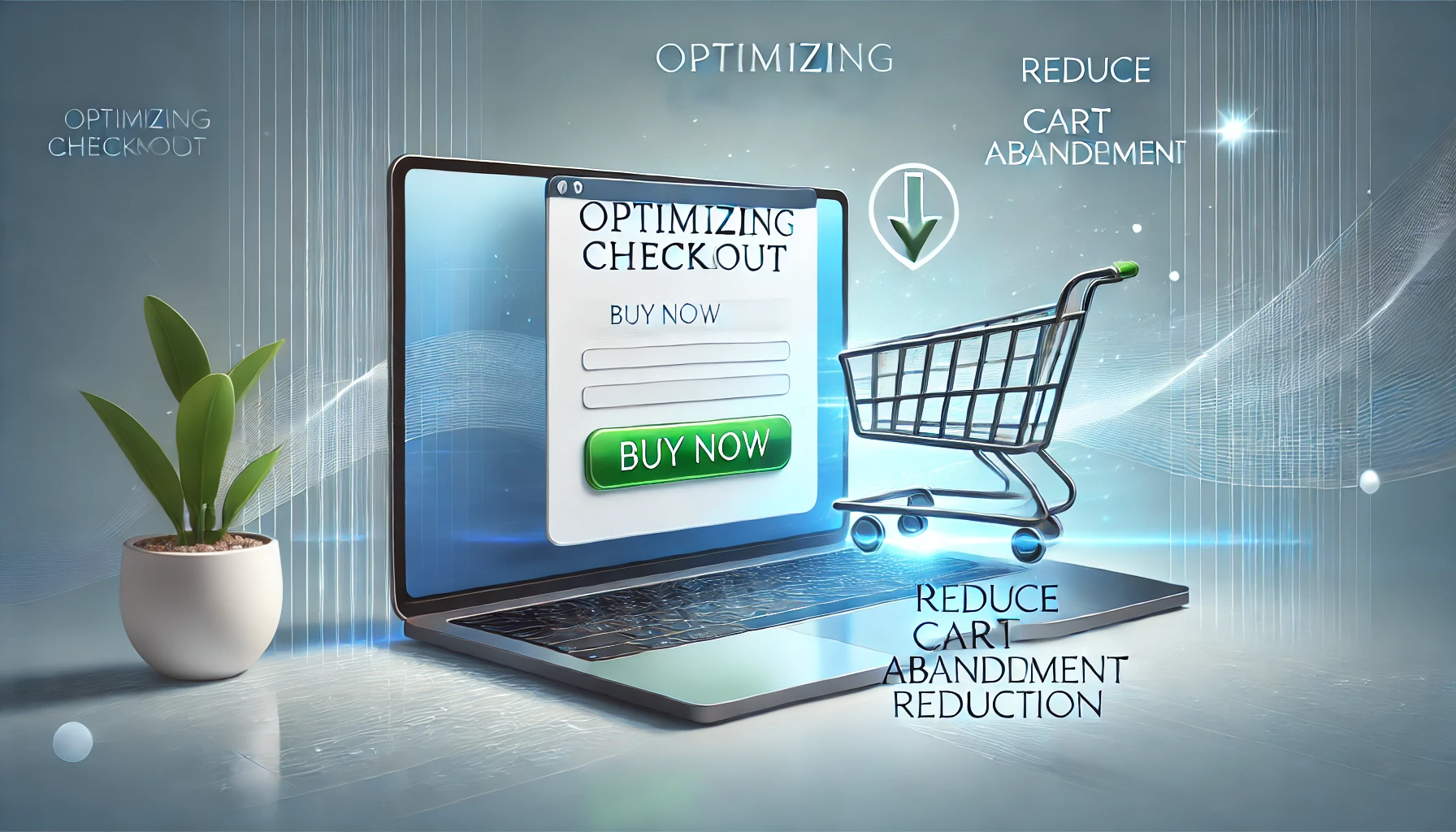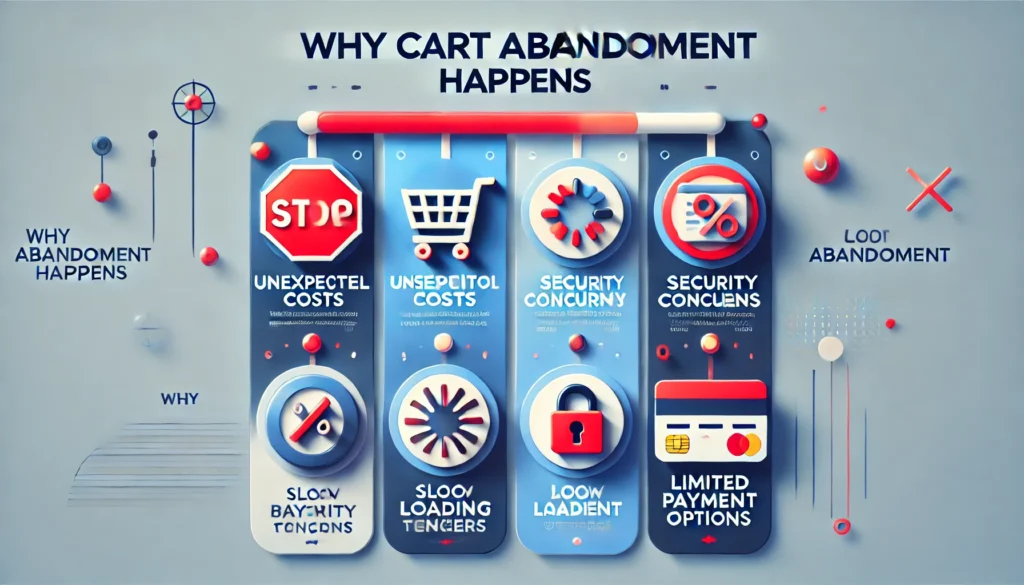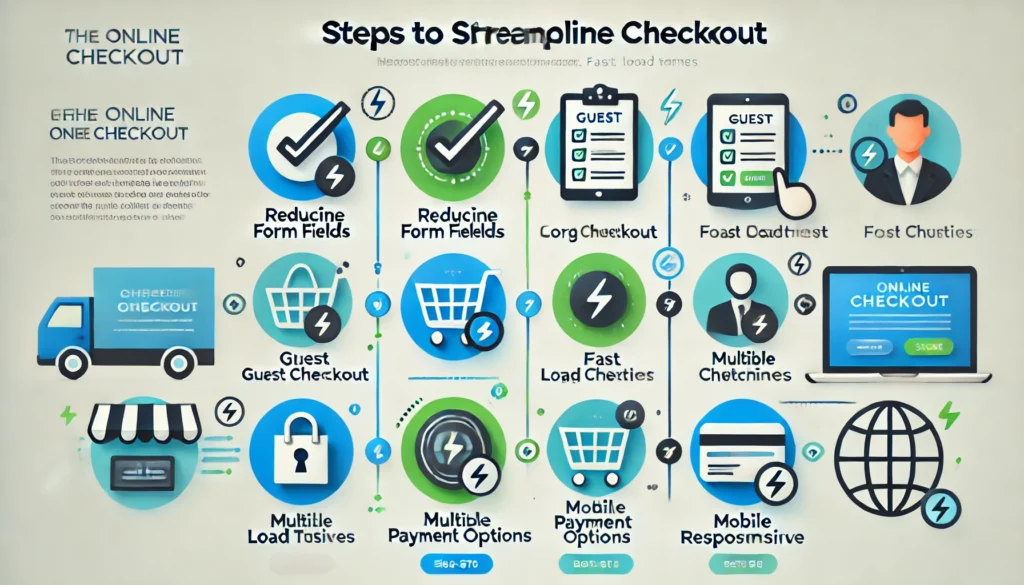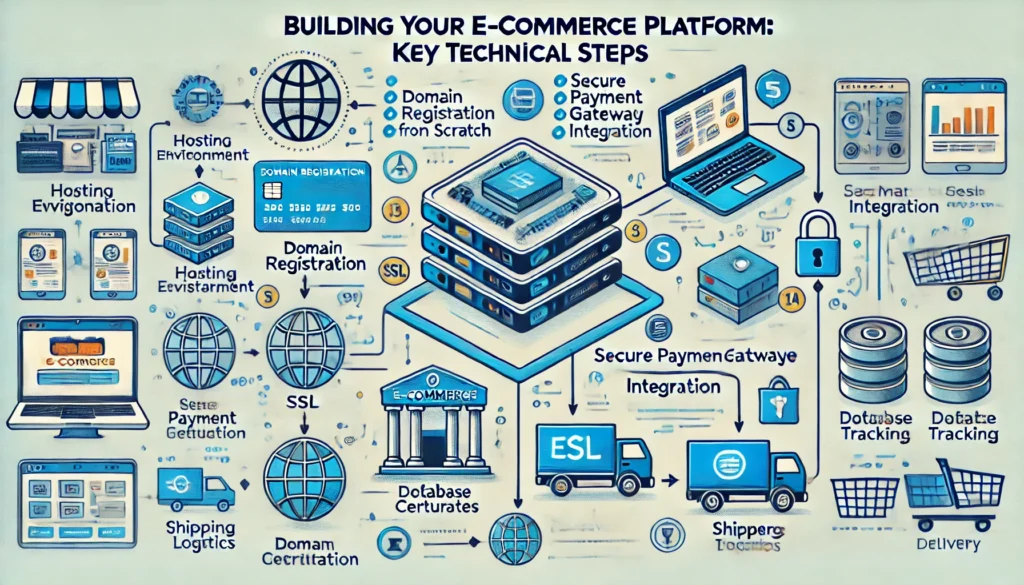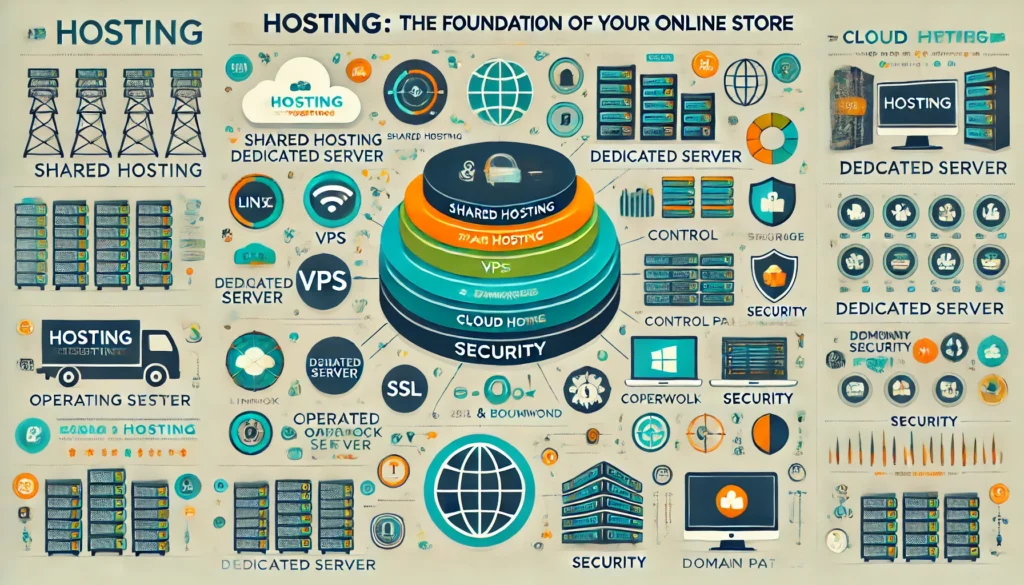Unveiling the Evolution of Tailwind

Tailwind CSS has long been recognized as a utility-first framework that streamlines the process of styling web applications. With its emphasis on pre-built utility classes, it allows developers to quickly assemble designs without needing to craft extensive custom code for every detail. Over successive versions, Tailwind has refined its approach to theming, layouts, animations, and responsiveness, consistently pushing the boundaries of what a CSS framework can achieve. Now, with the arrival of Tailwind v4, a new chapter unfolds for those who want to remain on the cutting edge of modern web development.
When Tailwind first gained popularity, it was largely due to its methodical approach to generating utility classes that reduce repeated declarations in stylesheet files. Developers could rely on a pre-defined system of classes for almost everything: text size, color, margin, padding, grid layouts, flex layouts, shadows, transitions, and more. Instead of sifting through separate CSS files, they could drop in class names directly into markup, saving both time and mental energy. This approach, once seen as unorthodox, has proven itself to be a powerful alternative to traditional SASS or LESS workflows, and it has only gotten better with each new release.
Tailwind v4 continues this tradition while integrating fresh features that make it an even more flexible tool. Not only does it expand on the existing library of utility classes, it also introduces a refined color palette, a revamped dark mode configuration, enhanced plugins for animations, and deeper integration with popular JavaScript frameworks. For newcomers, it opens up a user-friendly environment that shortens the learning curve for building complex, polished layouts. For seasoned professionals, it unlocks a wealth of new design possibilities. This synergy between ease of use and advanced potential is exactly what keeps Tailwind at the forefront of CSS frameworks in the modern era.
Ever since the earliest days of CSS frameworks, the debate has raged between minimalistic utility classes and more descriptive ones. Proponents of utility-first solutions like Tailwind champion their capacity for code reusability and clarity, arguing that quickly recognizable class names based on spacing, color, and layout effectively remove guesswork from the design process. Tailwind v4 cements this philosophy further, reducing the friction involved in creating visually harmonious and consistent interfaces. You can expect classes that are easier to memorize, theming that is simpler to configure, and extended support for the latest CSS capabilities.
Beneath the surface, Tailwind v4 introduces performance optimizations that target compile times and final bundle sizes. When you’re working on projects with hundreds or thousands of components, every second saved during local development matters. The maintainers of Tailwind have placed extra attention on ensuring that repeated processes are minimized, meaning your workflow should feel snappy even with large codebases. If you’ve ever faced slow build times and the associated developer frustration, these subtle improvements in Tailwind v4 will prove invaluable.
Enhanced Utility-First Workflow

One of the most pronounced differences in Tailwind v4 is how it sharpens the utility-first approach with new directives and extended support for arbitrary values. Developers who want precise control over spacing or custom transforms can now find additional parameters for fine-tuning. You no longer need unwieldy inline styles or verbose custom class definitions. Instead, you can rely on Tailwind’s single-purpose classes, which are designed to handle an even broader set of design tasks, from alignment and positioning to transitions and keyframe animations.
This streamlined experience resonates strongly in agile development environments. When your priority is to craft a responsive, accessible interface under tight deadlines, every shortcut that spares you from writing extra CSS can have a tangible impact on project timelines. Because Tailwind v4’s structure is more uniform than ever, ramp-up time is noticeably shorter for teams adopting it. Junior developers can look at an unfamiliar component and quickly understand what each class is doing, while senior developers can focus on more complex tasks like integration with backend services and advanced JavaScript logic.
An important facet of Tailwind’s workflow has always been customization. It’s a framework that encourages you to build your own design system on top of it, ensuring brand consistency across all your pages and components. Tailwind v4 refines that approach by making the configuration file more versatile. Whether you need extended color palettes or breakpoints that match your target devices, you can inject your custom settings seamlessly. This includes tailoring the spacing scale to fit your design aesthetic and adjusting the defaults for typography, container widths, or even specialized properties like filter effects. Because of these improvements, your design system can evolve more organically without the typical overhead of refactoring large swaths of code.
Another highlight is the growing ecosystem of third-party plugins compatible with Tailwind v4. Developers across the globe are contributing specialized sets of utility classes to handle advanced needs like multi-theme handling, advanced typography, or even region-specific styling patterns. By tapping into these plugins, you can rapidly incorporate complex design features into your project without reinventing the wheel. More importantly, because these plugins align with Tailwind’s utility-first philosophy, they blend into your workflow seamlessly. It’s a world of building blocks ready to be composed, offering an almost Lego-like approach to front-end architecture.
Refined Responsiveness and Performance

Tailwind has always prided itself on responsiveness. Each version has introduced or improved upon breakpoints, ensuring that your layouts adapt gracefully to screens of every size. Tailwind v4 reinforces this commitment by offering more clarity in how you define responsive variants. You’ll find that adding responsive classes for everything from fonts to margins is even more intuitive, which translates to less guesswork and fewer quick fixes when your site goes live on mobile devices.
Performance is closely tied to responsiveness, particularly when it comes to how CSS is delivered to the client. A heavy stylesheet can dampen the user experience, particularly on mobile or slower networks. Tailwind v4 addresses this with advanced purging capabilities that remove unused classes from your final build. This means that if you’re only leveraging half of the utility classes in your project, the rest won’t weigh down your production bundle. The result is swift load times and improved Lighthouse scores, making your website more accessible to users worldwide.
These enhancements are significant in a world where fast, responsive design is no longer just a nice-to-have feature but a baseline expectation. Search engines also reward sites that adhere to strong performance standards, which means your SEO can benefit from adopting Tailwind v4. By accelerating your page loads and enhancing the overall user experience, you help ensure that site visitors stay engaged with your content for longer periods of time.
For developers who integrate Tailwind with modern frameworks like React, Vue, or Svelte, the synergy is even stronger. Because these frameworks thrive on component-based architecture, they pair well with Tailwind v4’s utility-first approach. The lean CSS footprint, combined with the advanced purging capabilities, ensures that you won’t have extraneous code clogging up your final application. This synergy can be felt most profoundly in large projects, where controlling complexity is often the biggest hurdle to delivering a polished product on time.
Vadimages: Your Partner in Tailwind v4 Implementation

As you explore Tailwind v4’s new features and optimize your workflows around utility-first design, you may find yourself in need of expert guidance to make the most of everything Tailwind has to offer. This is where Vadimages steps in as your reliable partner in web development. Our studio is dedicated to helping businesses and organizations harness the latest and greatest in front-end technology. Whether you’re envisioning a sleek landing page, an interactive application, or a comprehensive enterprise platform, we have the expertise to bring those ideas to life efficiently and elegantly.
At Vadimages, we pride ourselves on staying ahead of the curve, and that’s why we’re excited about all that Tailwind v4 has in store. From setting up your project architecture to refining design systems, we take a holistic approach that emphasizes performance, aesthetics, and maintainability. Our team is well-versed in bridging the gap between design and code, ensuring that every utility class used in Tailwind v4 aligns with your visual brand identity. This means you can count on a website or application that doesn’t just look good on launch day, but also stands the test of time as new updates and improvements roll out.
We understand that adopting a new version of a tool can be intimidating, especially if you have deadlines to meet and existing projects to maintain. That’s why we offer consultation and hands-on assistance to help you upgrade from earlier versions of Tailwind, configure your environment optimally, and fine-tune your build process. You can take advantage of our comprehensive services that span everything from proof-of-concept designs to fully executed web solutions. If you need training for your in-house team, we can deliver workshops and documentation tailored to your specific needs.
In addition to technical support, Vadimages brings a wealth of creative insight to your project. We don’t just build websites; we craft experiences that resonate with users. Tailwind v4 grants us even more freedom to experiment with unique layouts, animations, and interactive elements that capture attention and leave a lasting impression. By blending our creative vision with Tailwind’s robust utility classes, we turn complex design aspirations into reality without sacrificing speed or consistency.
A forward-thinking approach to user engagement is also crucial, which is why we dedicate ourselves to thoroughly testing any site or application we build. From device compatibility to performance analysis, our team covers all the bases to ensure that your final product is stable and delightful. At Vadimages, we believe that design and development should go hand in hand, and Tailwind v4 provides the perfect framework for uniting those disciplines in a seamless workflow.
Because we know that every project has unique requirements, we never apply a one-size-fits-all strategy. Instead, we tailor our methodologies to your goals, timelines, and budget. By collaborating closely with you, we ensure that every aspect of your project reflects your vision while adhering to best practices. Our experience across a wide range of industries means that we can anticipate potential hurdles and propose solutions that keep your project on track.
We are committed to building relationships, not just websites. When you partner with Vadimages, you gain a long-term ally dedicated to your success. As you evolve your brand and content, we remain on hand to offer updates, enhancements, and new features. Tailwind v4 is designed to grow alongside your needs, and we’ll be there every step of the way to ensure your product remains fresh, functional, and future-proof. Our personalized approach extends beyond deployment, encompassing analytics, maintenance, and optimization services that help your site or application stay relevant in a constantly shifting digital landscape.

The image above illustrates a high-level overview of how Tailwind v4’s utility classes integrate into various web development workflows. Each layer represents a distinct stage of development, from design concept to deployment. Notice how utility classes reduce overhead by providing direct, descriptive rules that can be combined or customized as needed. At the same time, the new version’s configuration allows for extending those classes to fit the unique needs of any project. This flowchart is a simplified glimpse into how cohesive and organized your development process can become when leveraging Tailwind v4 properly.
Whether you’re a newcomer to Tailwind or a seasoned professional, the release of Tailwind v4 signals a moment of transformation in the front-end community. By refining existing features and introducing new possibilities, it keeps pace with industry demands for fast, responsive, and visually engaging websites. It’s a toolset that balances simplicity with sophistication, enabling you to deliver polished user experiences faster than ever before.
For those who are contemplating the shift to Tailwind v4, it’s worth noting that this version reflects feedback from an expansive community of developers. Issues were addressed, edge cases were considered, and improvements were implemented to ensure that the framework remains robust enough for real-world production environments. If your organization values consistency and efficiency, Tailwind v4 might very well be the missing piece in your development puzzle.
At Vadimages, we see Tailwind v4 as more than just a CSS framework update. It’s an invitation to evolve the way we build on the web, to simplify routine tasks, and to push the boundaries of what’s possible with utility-first principles. As technology moves forward, it’s crucial to align with frameworks and tools that not only address current needs but also anticipate future trends. Tailwind v4 does exactly that, positioning you to create user interfaces that not only look and feel modern but also stand the test of time as devices, screen sizes, and user expectations continue to evolve.
If you’re searching for a partner to guide you through this evolution, look no further than Vadimages. Our dedicated team of designers and developers will help you unlock the full spectrum of Tailwind v4’s capabilities, crafting solutions that resonate with your audience and drive tangible results. By capitalizing on this new release, you can gain a competitive edge, ensuring your website or application stands out in a crowded digital landscape. We invite you to join us on this journey as we continue to push the boundaries of web design and development, one utility class at a time.
We also welcome the opportunity to show you how Tailwind v4 can seamlessly integrate with your existing tech stack. If you’ve been working with other CSS methodologies or have built a significant portion of your branding using older frameworks, we can demonstrate a migration path that retains your core identity while modernizing the foundation of your site. The result is a cleaner, more efficient codebase that is easier to maintain, debug, and scale as your business grows. Because Tailwind fosters collaboration among developers and designers alike, you can expect fewer miscommunications, smoother handoffs, and a more cohesive final product.
By choosing Vadimages, you’re not just getting a service provider. You’re getting a partner invested in your long-term success, a team that keeps pace with the rapidly evolving digital world, and a resource you can rely on for timely support. As you adopt Tailwind v4 into your workflow, you’ll quickly discover that the framework’s capabilities extend far beyond cursory styling. It equips you with a powerful toolkit for building dynamic user interfaces that truly stand out, whether your focus is on e-commerce, media, education, or any other sector. Coupled with our expertise, Tailwind v4 can transform the way you approach project planning, development, and iteration.
This moment in web development is ripe with potential. Tailwind v4 is a testament to how open-source communities and professional studios can collaborate to push the envelope of design and user experience. The enhancements in performance, the expansion of utility classes, and the improvements in responsiveness all lead to a more efficient, rewarding workflow. By capitalizing on this momentum, you put your business in a prime position to innovate rather than simply react to shifting trends.
We invite you to explore the specifics of Tailwind v4 firsthand, to experiment with new classes, to refine your theming setups, and to see how the performance improvements can elevate your projects. And we’re here to guide you through each step. At Vadimages, our mission is to ensure that the future of web development isn’t just exciting—it’s also accessible and effective for organizations of all scales. We look forward to working with you in this evolving landscape, bridging creativity and technology to build solutions that make an impact.
If you are ready to dive into the possibilities of Tailwind v4, or if you have questions about how it can enhance your existing website or application, don’t hesitate to get in touch. Let us demonstrate the synergy of modern design principles and cutting-edge tools, brought together under one cohesive vision. There has never been a better time to embrace a forward-thinking CSS framework, and with Vadimages by your side, you can be confident that your web presence will embody the best of what Tailwind v4 can offer. Let’s shape the future of your online experience together.
Are you ready to transform your online presence and harness the full potential of Tailwind v4? Reach out to us at Vadimages today. Our studio specializes in crafting forward-thinking, visually compelling websites that meld aesthetics with optimal performance. Don’t settle for anything less than a world-class web solution—partner with Vadimages and experience the difference our dedication and expertise can make for your brand. We look forward to working with you to bring your vision to life and help your business stand out in a crowded digital marketplace.





